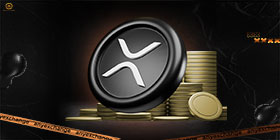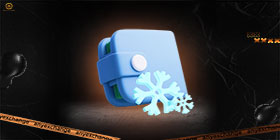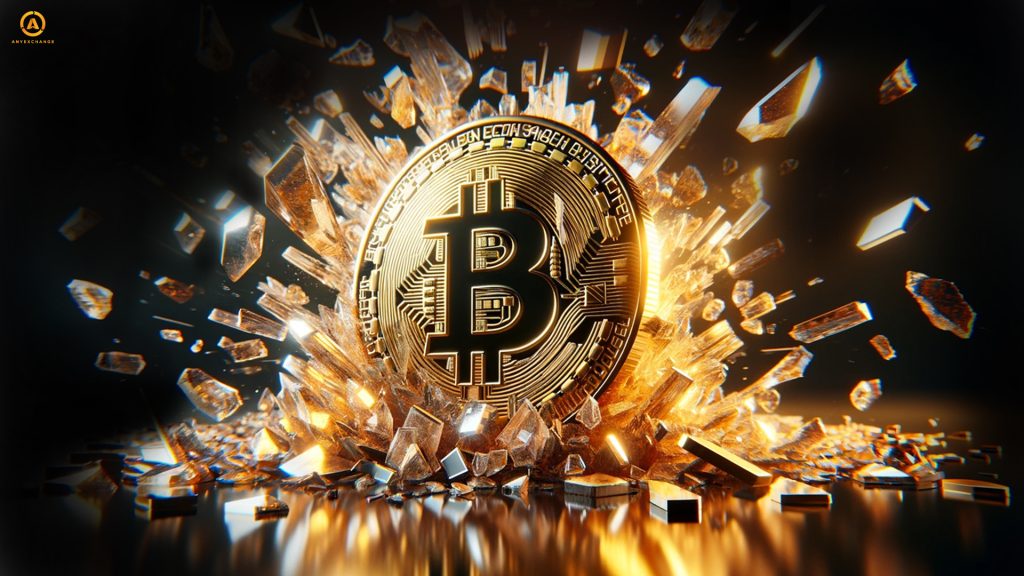
As an approach to assessing the stages of development of blockchain technology, experts use the conventional division of blockchains into generations. Each successive generation solves the problems of limitations that existed at that time:
- First-generation blockchains served as an alternative to the traditional financial systеm, allowing users to exchange digital value anonymously and securely without intermediaries. The progenitor of this era is bitcoin, which was created in 2009. It also includes Litecoin and Ethereum Classic, based on the PoW consensus algorithm.
- The second generation, starting around 2014, already focused on enabling transactions, introducing blockchain innovations in DeFi, decentralized applications, developing the field of NFT, while strengthening data security and privacy measures. This is where the Ethereum network entered the arena with its PoS blockchain consensus and smart contract technology, providing developers with maximum opportunities to create applications and users with a variety of tools for investing and trading.
- Third-generation blockchains, circa 2019, are focused on addressing the challenges facing today’s evolving networks in line with Web3 trends. These are, firstly, improving scalability, blockchain interoperability and building better governance (DAO) systems. And secondly, introducing the most advanced technologies in blockchain today: artificial intelligence, quantum security tools, tokenization practices for real assets, etc.
It should be noted that the boundaries between blockchain generations are blurred, and many projects successfully combine original features with new ideas and developments.
Let’s take a closer look at what stage of innovation the largest blockchains are at today, what ideas are on the agenda, and what general vector of technological trends we can expect, according to experts.
About Bitcoin
The first cryptocurrency to “dominate” the total capitalization of the global digital asset market, bitcoin has recently demonstrated rapid innovative growth. This movement is fundamentally changing the coin’s image, moving it from the status of a clumsy fat-cat heavyweight to that of an elite player in excellent athletic form.
The bitcoin ecosystem has expanded significantly over the past few years.
Ordinals
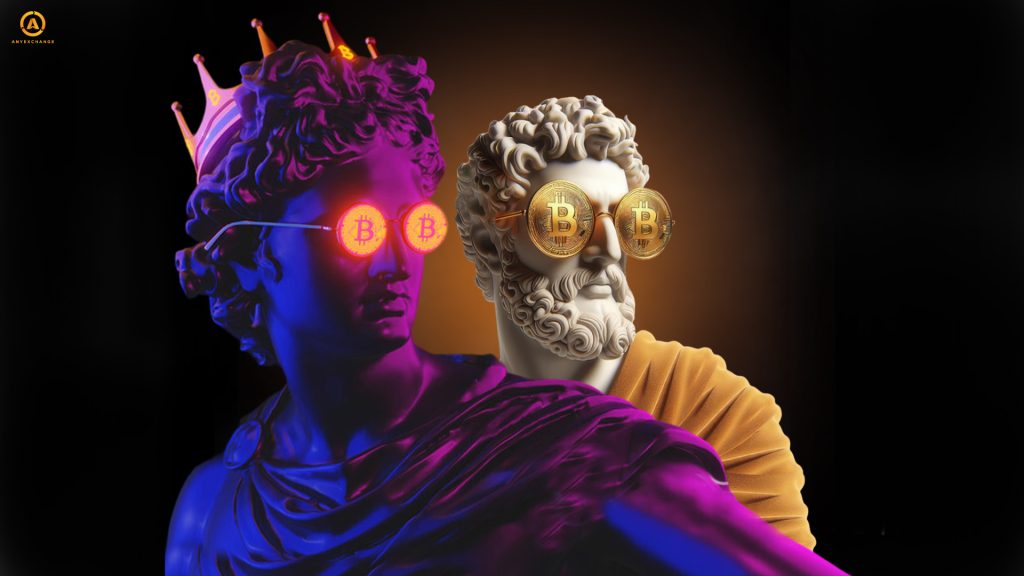
Ordinals were introduced in January 2023 and had a bombshell effect: Bitcoin began offering alternative placement options for NFTs (non-replaceable tokens) on its network. The release of the Ordinals protocol was preceded by technical improvements (the introduction of SegWit, the implementation of the Taproot software, and the development of the Lightning Network). Bitcoin’s creators claim that Ordinals’ digital artifacts are even more advanced than NFTs due to the fact that image, audio or video copyright data is written directly to the blockchain rather than stored in a third-party IPFS.
BRC-20

An experimental standard of exchangeable tokens for the BTC blockchain was also created and proposed early last year by a developer nicknamed domo. These tokens inherit the security and decentralization of the parent network. They are expected to become a key element of bitcoin’s DeFi ecosystem, the infrastructure for which is already being developed. BRC-20s are a simplified analog of the ERC-20 on the Ethereum network. The new “wrapped” tokens are somewhat limited in capabilities compared to the ERC-20 due to the intentionally limited programmability of the bitcoin blockchain.
BRC-20s can be easily integrated into DEX, lending protocols and income farming tools. They will be a critical element of cross-chain technologies that are now being actively prepared for deployment in digital gold networks to improve interoperability and applicability in DeFi. The role of the BRC-20 in the tokenization of RWA is also clear.
The leading token of the new standard, ORDI, has tripled in value in the last two months. The same dynamic is evident in the market capitalization of BRC-20 tokens, which reached $1.343 billion today according to CoinGecko.
Runes

A new round of BRC-20 evolution was introduced to the world by developer Casey Rodarmor (he is also the creator of Ordinals). It solved the “garbage problem” inherent in BRC-20: tokens of this standard overloaded and bloated the network with an excess of unspent transaction outputs (UTXO) due to the specific methodology underlying the blockchain protocol. Runes optimizes the transaction process by identifying and reusing inactive UTXOs, increasing efficiency and reducing network congestion.
Runes serves as an excellent scaling solution that opens new horizons for improving scalability and user experience on the bitcoin network. According to the creators of Runes, one of the basic use cases of the protocol is the easy creation of meme assets, which are in high demand at the current stage of the market cycle. This feature increases the number of newcomers involved in Web 3.0 applications and positively affects the miners’ income by increasing the number of transactions. The protocol was launched at the same time as the next halving of the first cryptocurrency, which took place in April 2024.
First Ever ZK Verification Recorded on the Mainnet
On July 24 this year, BitcoinOS (BOS), a rollup protocol for the Bitcoin network, successfully verified the first transaction using Zero-Disclosure Proof (ZKP) and without multiple signatures. In the new BOS solution, the output of unused transactions is controlled by bitcoin’s ZK smart contract, which the developers say offers unlimited scalability and functionality.
BOS aims for the position of a scalable superchain, a global “operating systеm” that provides opportunities to create decentralized applications, interoperable rollups and DAOs. In this way, the developers claim to create an ecosystem that can compete with the Ethereum network.
About Ethereum
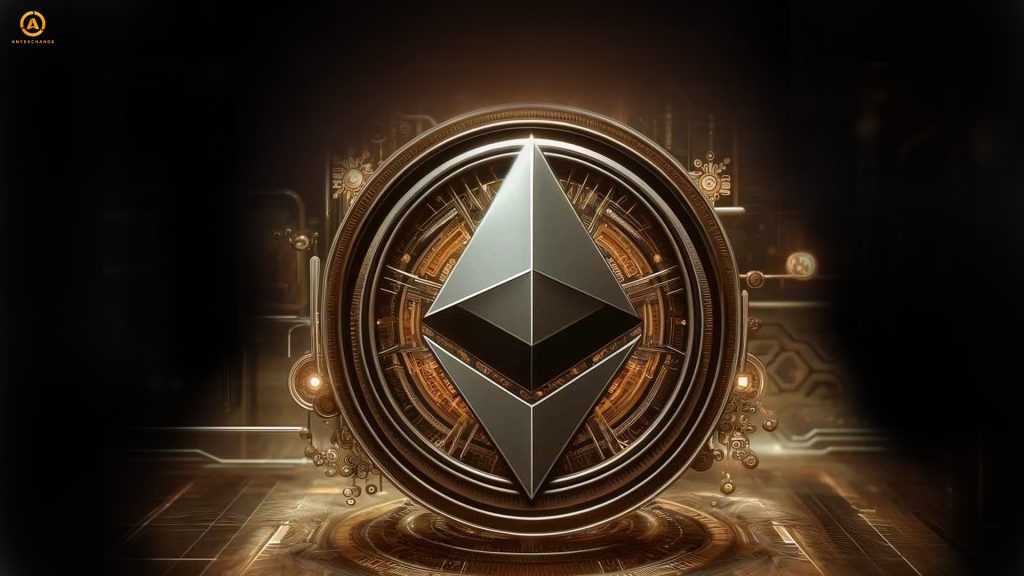
Meanwhile, Ethereum isn’t standing still either.
Dencun Hardfork
In March 2024, network developers implemented a number of significant updates as part of the Dencun hardfork.
The Protodanksharding functionality (EIP-4844) was successfully implemented, primarily to solve scalability issues. It is Ethereum’s next step towards full network sharding, where the entire blockchain architecture is divided into smaller parallel computing blocks (shards).
Dencun also introduced a new type of transaction (BLOB), which is a simplified way to process large amounts of data.
These improvements have significantly lowered fees, especially in the ecosystem’s Layer-2 networks, where the cost of swap transactions has dropped tenfold to fractions of a cent.
In fact, Ethereum continues to seek a compromise for its virtual machine that optimally combines Layer 1 and Layer 2 solutions to scale. Where the former requires more time and investment, and the latter carries certain security risks. Either way, the team behind the world’s second most capitalized blockchain is doing quite well.
How ZKP is evolving
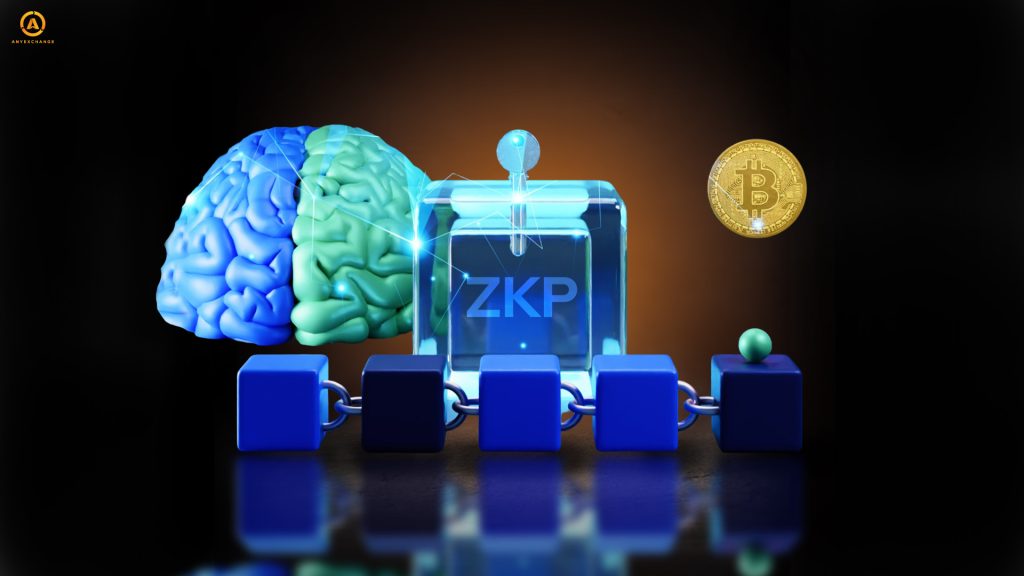
Zero-Knowledge-Proof (ZKP) is a breakthrough area in cryptography, the concept of which was born in the 1980s, but is only now being put into practice.
Zero-Knowledge-Proof protocols make it possible to verify the truth of a statement without revealing its nature. That is, they confirm the truth of the data without revealing it, while maintaining complete confidentiality and privacy.
This method can be used in all areas where secrecy is required: in blockchains for business, government and, of course, finance. In recent years, ZKP protocols have been actively used in Layer 1 and Layer 2 networks for secure anonymous payments and authentication. Hybrid blockchains use them to provide layers of access to information. One of the fastest growing scaling solutions on the market today is ZK rollups, which enable fast and cost-effective batch transactions with all the benefits of zero-knowledge proof of concept.
Another scaling solution is parallelization
This is another approach to the problem of increasing network performance and capacity that has been actively developed recently. It is based on the technical ability to process data in parallel by different computing nodes and then fuse the results. That is, the confirmation is performed simultaneously instead of one by one.
Projects that have implemented parallelization claim to achieve a 100-fold increase in TPS (maximum number of transactions per second) compared to networks that process operations sequentially.
However, while parallel transaction processing significantly improves blockchain performance, it is quite complex to implement. This principle requires constant sorting of transactions to redistribute and settle their states.
Examples of networks using this technology inсlude projects such as:
Conclusion
So, we’ve covered the basic trends in the biggest blockchain technologies that the entire market is watching. We can see that bitcoin has gained momentum in its technical development and claims to compete with the Ethereum network, which until recently was the main innovator in the blockchain technology market.
We are also witnessing continuous development in areas such as artificial intelligence, quantum resistance, and others.
Well, we’ll keep watching.
Stay tuned. We will keep you updated on the most important developments and innovations in the blockchain and cryptocurrency market in our reviews.
AnyExchange is a cryptocurrency exchanger that has been successfully operating on the international financial market for more than five years. We offer a wide range of services and conversion of cryptocurrencies at the most favorable rate. With our help you can make fast and anonymous money transfers throughout Ukraine and abroad.


